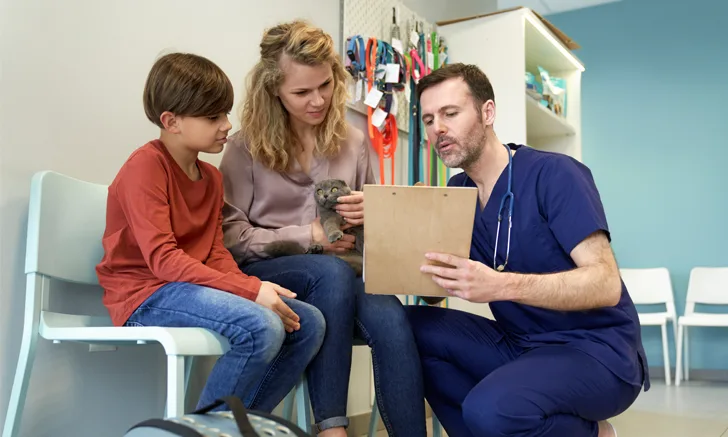
In the Literature
Russell E, Mossop L, Forbes E, Oxtoby C. Uncovering the 'messy details' of veterinary communication: an analysis of communication problems in cases of alleged professional negligence. Vet Rec. 2022;190(3):e1068. doi:10.1002/vetr.1068
The Research ...
Poor communication can negatively impact the clinician–pet owner relationship and limit the effectiveness of the veterinary team, resulting in suboptimal patient care, treatment mistakes, and procedural errors.1,2 Although there is a relationship between communication and case outcomes, research on the impact of problematic communication on errors in veterinary medicine is limited.3
This primarily qualitative study explored the type and frequency of communication problems in 100 cases of alleged veterinary professional negligence involving canine patients. Problematic communication was identified in 80 cases. In 57 cases, communication breakdowns resulted in treatment errors, harm, potential for harm, delayed treatment, or death.
In the 80 cases categorized as having problematic communication, 170 individual problems were identified, with more than one problem identified in 48 cases. Of the 170 problems, 84 occurred during direct communication with a pet owner, 72 stemmed from intraprofessional communication within a team, and 14 occurred between clinics or with other organizations (eg, referral centers, laboratories).
Five themes of problematic communication emerged: content, context, channel, systems, and perspectives. Problems with content occurred when disseminated information was incorrect, insufficient, or omitted. Context (eg, conversations in open, loud, busy rooms) and channel of communication (eg, phone vs in-person communication of time-sensitive or difficult information) also affected information delivery. Systems (eg, clinic culture, work processes, staffing issues) impacted ability to engage in honest conversations with pet owners and colleagues about medical errors. Failure to acknowledge differences between clinician and pet owner perspectives led to owners feeling unheard.
... The Takeaways
Key pearls to put into practice:
Pet owners should be given undivided attention, and conversations should be conducted in a quiet, private setting free from interruptions and distractions. Owner views, thoughts, beliefs, and opinions should be elicited and reiterated to ensure they feel heard and valued.
Implementing a system for case transfers between clinicians can reduce the risk for medical errors.2
Pet owners and clinic staff should be invited to engage in the decision-making process, and their unique perspectives and experiences should be acknowledged.
You are reading 2-Minute Takeaways, a research summary resource presented by Clinician’s Brief. Clinician’s Brief does not conduct primary research.